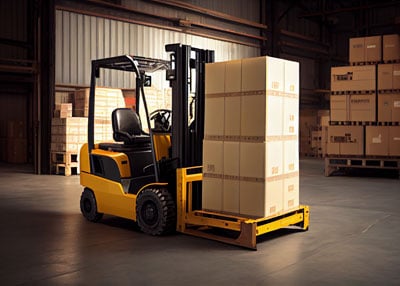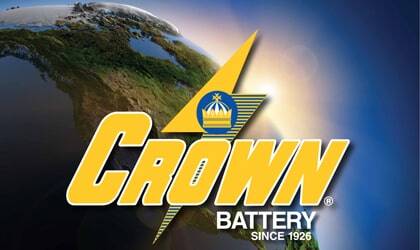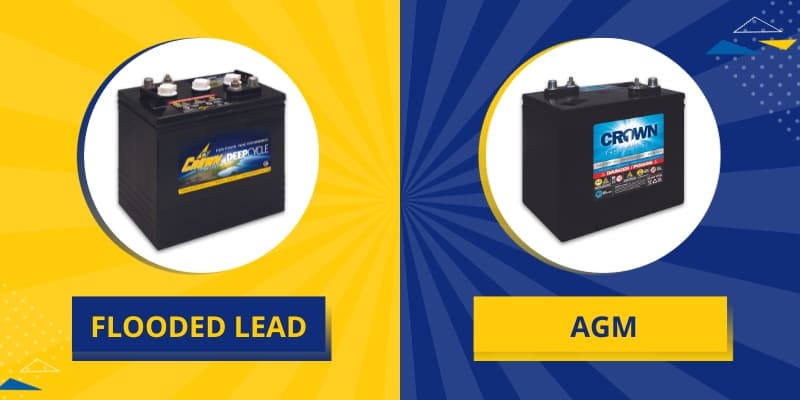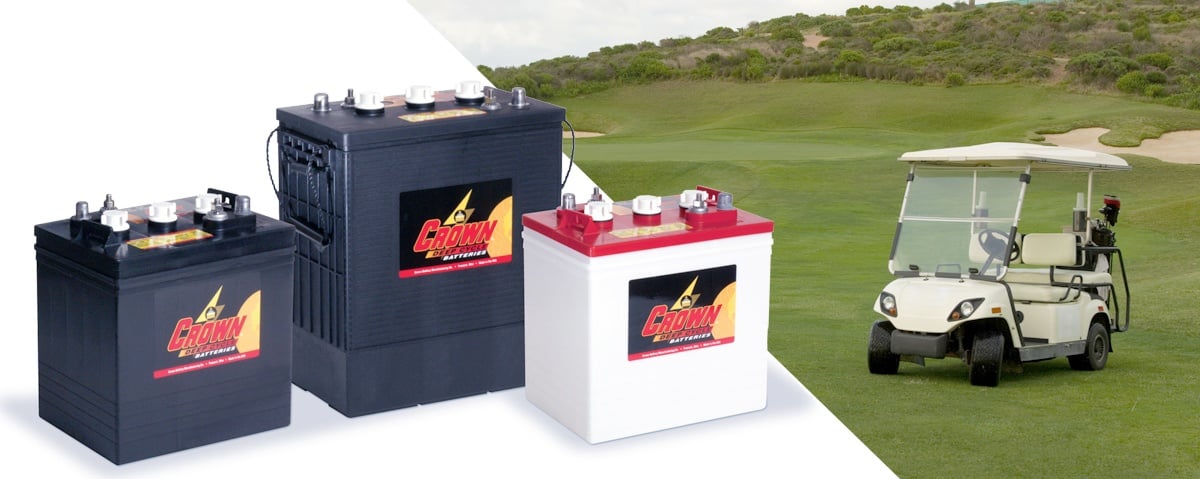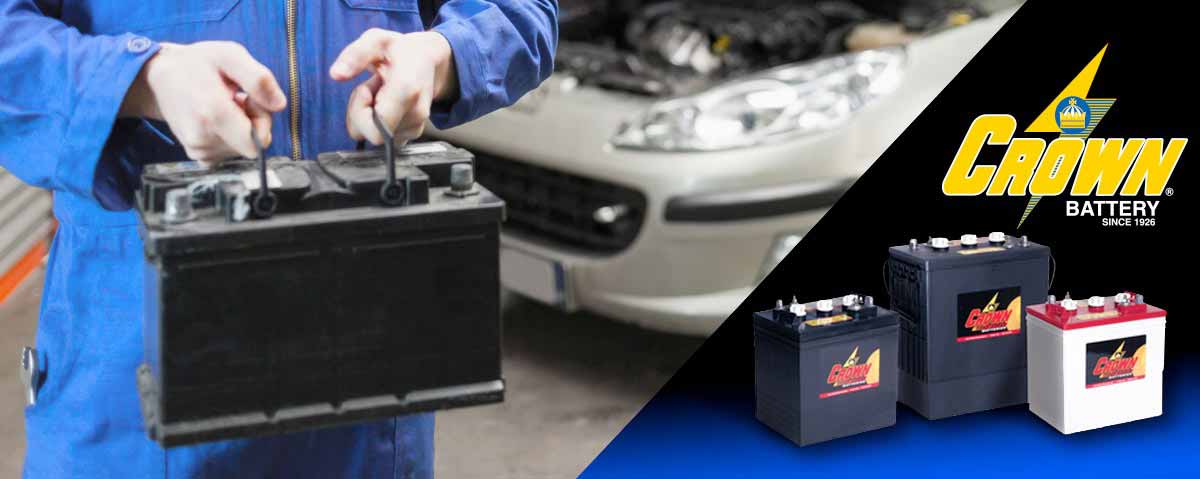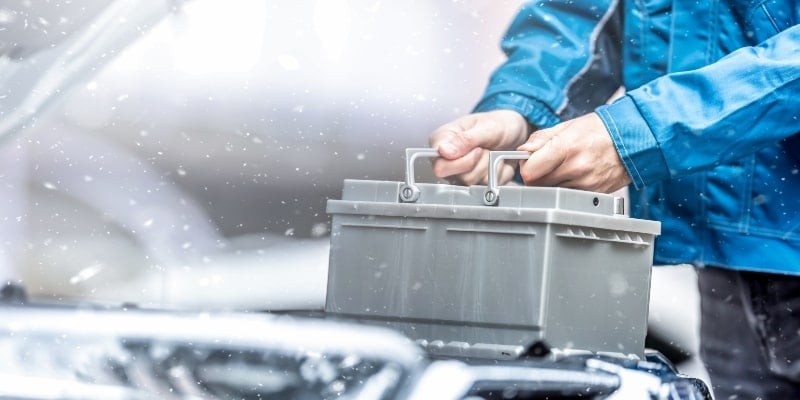Flooded lead (FLA) and absorbed glass mat (AGM) batteries are the most popular storage batteries and best fit for hundreds of popular battery applications. But what are FLA and AGM batteries? And what are the differences between them? Let's take a closer look and find out.
DID YOU KNOW?
Let's start with some basic facts about lead batteries, which will help us see why they are the some of the most common options for battery types for everything from vehicles to machinery to military use.
- Lead batteries have a per-kWh hour cost 50%-90% lower than other technologies.
- They have proven lifespan, performance, safety, and reliability records over more than 100 years – in the field and the laboratory.
- Lead batteries have evolved with new technologies, including robotic assembly, computer-controlled paste mixing, gravity-casting of grids, and microscopically-optimized active material.
- According to the U.S. EPA, lead batteries are the most recycled item in North America – more recycled than an aluminum can.
Here’s how FLA and AGM technologies differ—and how to choose the right battery type for your specific application:
FLOODED LEAD (FLA) BATTERIES
FLA batteries are most common because of their longevity, affordability, reliability, and how easy they are to maintain. Best known for their role as the starter battery in most of the cars on the planet, flooded lead batteries also power everything from off-grid homes and remote hospitals to forklifts, mining equipment, and even more. This battery type only requires ventilation and simple routine maintenance.
ABSORBED GLASS MAT (AGM) BATTERIES
AGM batteries were developed by researchers in the 1970s and soon adapted by the military because of their reliability and other beneficial characteristics. A critical feature of AGM’s sealed design is that they’re recombinant—that is, oxygen and hydrogen combine during regular cycling, which prevents plates from drying out. This eliminates the need for periodic watering—a boon in remote locations or where there isn’t time for routine maintenance.
AGM batteries are spill-proof and offer enhanced lifespan and higher current delivery compared to FLA. Since AGM batteries don’t require maintenance, the time and cost savings of maintenance-free operation mean they beat FLA’s return on investment—despite a slightly lower capacity and increased upfront manufacturing costs.
COMPARISON CHART: FLA AND AGM BATTERIES
Want to compare FLA and AGM batteries side-by-side? Take a look at our comparison chart below to see the differences for yourself.
|
Flooded Lead (FLA) |
Sealed (AGM, etc.) |
|
Lowest per-kWh cost of any battery technology (50%-90% lower). |
Low per-kWh cost. |
|
Long life, proven in the field (many reports of 10+ year lifespan when maintained well). |
Long life, proven in the field. |
| High reliability with proper maintenance. |
High reliability. |
|
99% recyclable. |
99% recyclable. |
|
Billions of batteries in use worldwide, including as starter batteries in nearly all automobiles. |
Trusted in can't-fail applications where unproven battery technologies have failed (UPS, hospitals, aircraft, military bases, remote telecommunications towers, etc.). |
|
Requires ventilation. |
Does not require ventilation. |
|
Requires periodic watering. |
No maintenance required. |
|
|
Enhanced vibration resistance (useful in marine and other applications). |
|
|
Allows up to 5X faster charging than FLA. |

